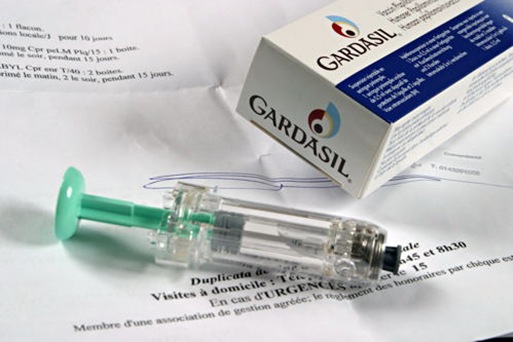
Health experts defined brisk walking as a pace of about three miles an hour, which would be enough to raise the body's temperature and heart beat. "Brisk walking is moving like you are late and trying to get somewhere on time. It will raise your heart rate and make you feel a little warm. Including ten minutes of brisk walking into your daily routine is often the easiest way to get active and feel the improvement in your health," PHE official Dr. Justin Varney said in a Daily Mail article.
According to the researchers, today's British population are 20 percent less active compared with those in the 1960s. Likewise, the experts noted that an average person now walks 15 miles less per year that they did 20 years ago. The PHE also noted that a quarter of the total population only spends less than 30 minutes of exercise per week.
The federal agency also stressed that about 67 percent of adult men and 57 percent of adult women in the country are overweight. Nearly a quarter or 24 percent of these were considered obese, the PHE noted. According to the agency, this rate is a stark contrast to only 16 percent in the 1980s.
PHE officials cautioned that a sedentary lifestyle may increase the odds of developing cancer, diabetes, and heart disease. However, previous studies have shown that brisk walking for at least 10 minutes daily may reduce the odds of early death by up to 15 percent. (Related: Young adults now walk five minutes a day; Sedentary lifestyle the norm.)
The U.K.'s National Health Services (NHS) currently recommends at least 150 minutes of moderate activity (such as gardening, swimming, cycling, or brisk walking) per week. The federal agency also suggests up to 75 minutes of rigorous physical activity such as running or playing sports each week.
Targeting national health risk through tailored campaign, app
As part of the PHE's plan to address the nation's increasingly sedentary profile, the agency has introduced its One You campaign meant to challenge sedentary middle-aged individuals to get up and walk briskly for at least 10 minutes a day.
The PHE has also launched its Active 10 app to go with the campaign. The app was designed to help users achieve their goals. Health care providers were slated to recommend the app to their patients to help increase their exercise levels.
"I know first hand that juggling the priorities of everyday life often means exercise takes a back seat. Walking to the shops instead of driving or going for a brisk 10-minute walk on your lunch break each day can add many healthy years to your life. The Active 10 app is a free and easy way to help anyone build more brisk walking into their daily routine," PHE deputy medical director Dr. Jenny Harries told The Guardian online.
"We all know physical activity is good for your health but for the first time we’re seeing the effects that easily achievable changes can make. By walking just 10 continuous minutes at a brisk pace every day, an individual can reduce their risk of early death by 15 percent. They can also prevent or delay the onset of disability and further reduce their risk of serious health conditions, such as type-2 diabetes, heart disease, dementia, and some cancers,” said Professor Sir Muir Gray, a clinical adviser for the Active 10 app and the One You campaign.
The PHE also stressed that walking does not require specific skills, facilities or equipment. According to the agency, it remains to be more accessible and acceptable than any other forms of physical activity for many people.
You can read more stories like this on MensFitnessFocus.com and WomensFitnessFocus.com.
Sources include:
Please contact us for more information.























